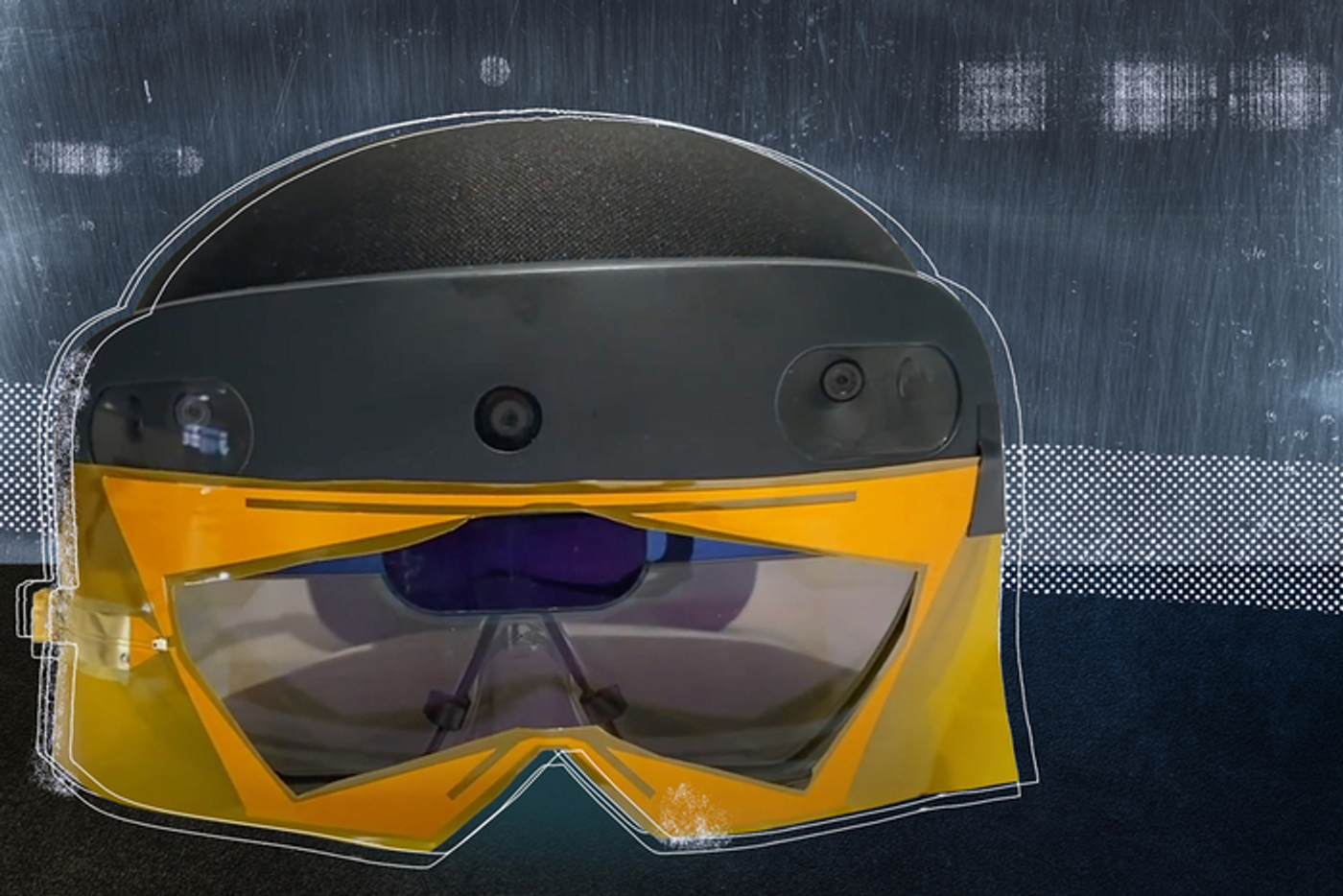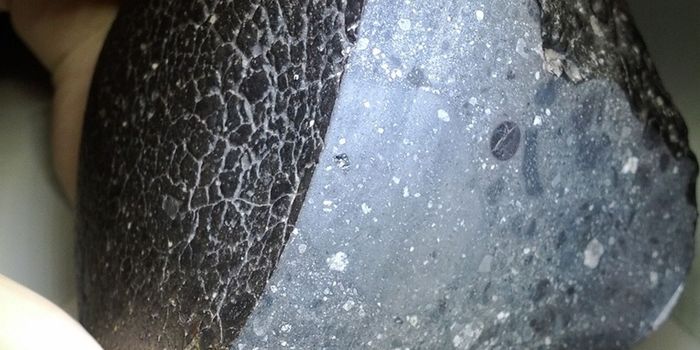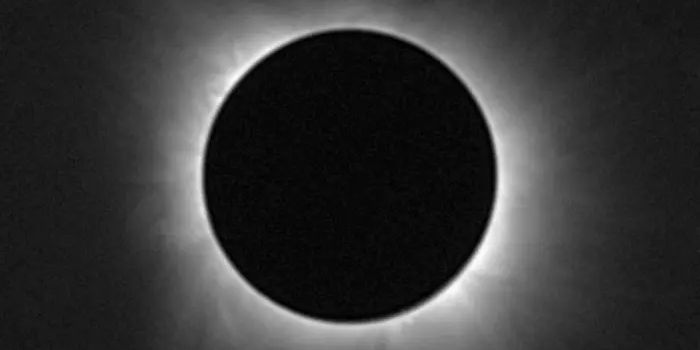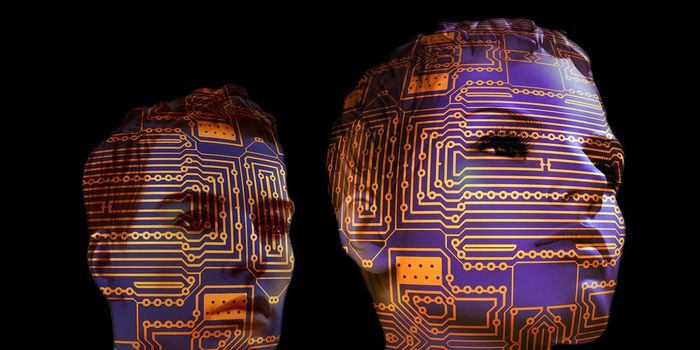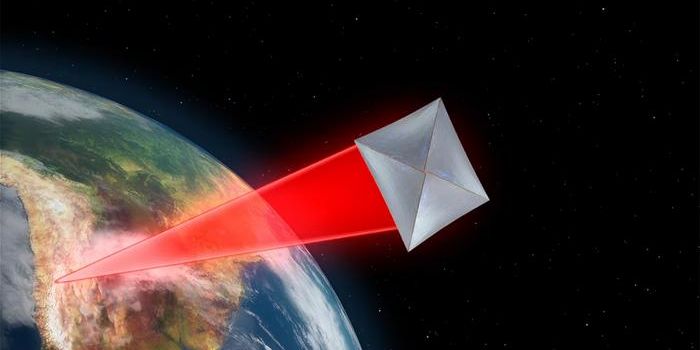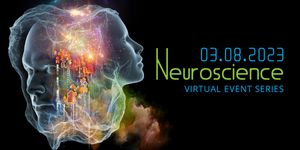New Headset Could Give Users X-Ray Vision
Augmented reality (AR) headset developed to use X-ray vision to find hidden objects. (Credit: Fadel Adib, Tara Boroushaki, et. a.; edited by MIT News)
A collaborative research effort between the Massachusetts Institute of Technology and the University of Michigan has developed an augmented reality (AR) headset capable of giving the user X-ray vision. Using radio frequency (RF) signals, the headset can locate items with radio frequency identification (RFID) tags inside everyday items such as plastic containers and cardboard boxes. This new headset, which the researchers are calling X-AR, could prove useful for e-commerce warehouse workers who need to find items on messy shelves or buried in boxes.
“Our whole goal with this project was to build an augmented reality system that allows you to see things that are invisible — things that are in boxes or around corners — and in doing so, it can guide you toward them and truly allow you to see the physical world in ways that were not possible before,” said Dr. Fadel Adib, who is an associate professor in the Department of Electrical Engineering and Computer Science at MIT and the director of the Signal Kinetics group in the Media Lab, and a co-author on the study.
For the study, the researchers installed a single antenna capable of communicating with RFID-tagged items on an existing headset, whereas multiple antennas are normally used for RFID systems. Since all they needed was to communicate with tags, only one antenna was required.
“One big challenge was designing an antenna that would fit on the headset without covering any of the cameras or obstructing its operations. This matters a lot, since we need to use all the specs on the visor,” explained Dr. Aline Eid, who is now an assistant professor at the University of Michigan and a former MIT postdoctoral researcher, and a co-author on the study.
The headset uses synthetic aperture radar (SAR) technology, which is commonly used in airplanes and even satellites orbiting Earth and other planetary bodies, to measure the room the user is moving around in and locates the RFID object they’re trying to find.
“While it presented a challenge when we were designing the system, we found in our experiments that it actually works well with natural human motion. Because humans move around a lot, it allows us to take measurements from lots of different locations and accurately localize an item,” said Dr. Laura Dodds, who is a research assistant at MIT, and a co-author on the study.
During testing, the researchers discovered the headset located an item less than 4 inches from where the headset directed the user. They also accomplished a 98.9 percent success rate in locating the correct item, as well.
“The system doesn’t need to visually see the item to verify that you’ve picked up the right item. If you have 10 different phones in similar packaging, you might not be able to tell the difference between them, but it can guide you to still pick up the right one,” said Tara Boroushaki, who is a PhD student at MIT, and lead author of the study.
Going forward, the team is looking to explore using the headset with a variety of other technologies, including terahertz waves, WiFi, and mmWave Technology, which could be used to enhance the headset’s capabilities. The antenna could also be enhanced by extending its range or working with multiple headsets, as well.
“Because there isn’t anything like this today, we had to figure out how to build a completely new type of system from beginning to end,” said Dr. Adib. “In reality, what we’ve come up with is a framework. There are many technical contributions, but it is also a blueprint for how you would design an AR headset with X-ray vision in the future.”
Could this headset be used for purposes outside of finding hidden objects? Only time will tell, and this is why we science!
Sources: Massachusetts Institute of Technology, MIT News
As always, keep doing science & keep looking up!
